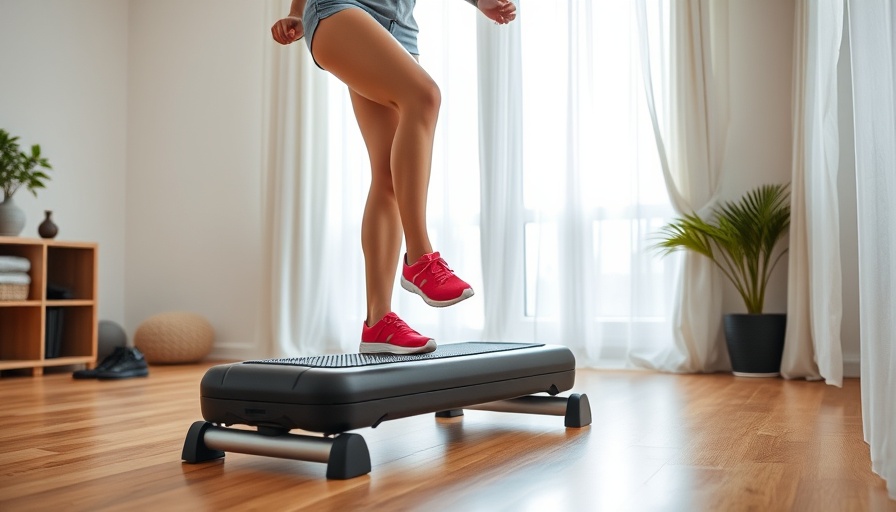
The Importance of Deload Weeks in Fitness
Fitness enthusiasts often find themselves pushing limits and seeking gains, but what happens when the body needs a break? The concept of a "deload week" serves as a critical pause in workout routines, allowing for recovery and adaptation. During this week, the focus shifts from high-intensity workouts to reduced volume and intensity. This deliberate step back can enhance performance and prevent burnout. For members of the SDA faith community, understanding the purpose and benefits of a deload week can align with the principle of stewardship over one’s body as a temple.
In 'Brand New Deload Week 5-Day Challenge!', the importance of structured recovery in fitness is highlighted, prompting us to further explore deload weeks and their significance.
Historical Context: From Exercise to Rests
The history of structured workout periods and recovery dates back to early sports science. Coaches and athletes alike have long recognized the need for rest to enhance performance. Over the years, fitness regimens evolved, and the deload week emerged as a standard component in advanced training programs. Its roots lie in comprehensive strategies that acknowledge the body's need for both work and rest, resonating with the biblical notion of sabbath rest.
For the SDA Community: Aligning Fitness with Faith
For those within the SDA community, fitness isn’t simply about physical health—it's a spiritual commitment. The Bible speaks to the value of taking care of our bodies, referring to them as temples. Incorporating a deload week can serve as both a physical and spiritual reset, allowing individuals to reflect and rejuvenate. This practice aligns with the principles of balance and caution, reminding everyone to listen to their bodies, just as one might heed their spiritual call.
Social Connections: Why This Information Matters
Within the SDA community, fitness often acts as a conduit for social connection. Exercise groups can form strong communal ties, fostering collaboration and encouragement. A deload week not only promotes individual recovery but also opens avenues for discussions around wellness within these groups. Sharing experiences during deload weeks can foster a supportive environment where friends encourage one another to pace themselves and put their well-being first. This reinforces both physical health and community spirit.
Practical Tips for Implementing Your Deload Week
1. **Reduce volume and intensity**: Aim to maintain your regular workout schedule but reduce the weight and number of sets and reps. This isn’t a time to stop working out, but to allow muscles to repair and adapt.
2. **Focus on form**: Use this opportunity to hone your techniques on various exercises. Proper form will prevent injuries in more intense weeks.
3. **Explore different activities**: Consider adding different forms of low-intensity workouts, like yoga or swimming. This maintains engagement without overexerting the body.
4. **Incorporate reflection**: Use this time to meditate, pray, and assess how your fitness journey aligns with your spiritual goals.
Counterarguments: Why Some Avoid Deload Weeks
Despite the clear benefits, some athletes feel pressure to maintain their rigorous schedules, fearing that taking a deload week may hinder their progress. However, numerous studies in exercise science have shown that those who integrate recovery periods actually see more durable results. It’s essential to recognize that taking a break does not equate to stagnation; rather, it’s an investment in long-term performance.
The Future of Fitness: Trends in Recovery Practices
As fitness continues to evolve, so does the conversation around recovery methods. The coming years may introduce more structured approaches toward deload weeks, possibly integrating technology through apps that monitor workload and offer personalized recovery plans. This could change how communities like SDA address health training, merging spirituality with cutting-edge health practices.
Inspirational Quotes to Motivate
"Rest is not idleness, and to lie sometimes on the grass under trees on a summer day, listening to the murmur of water, or watching the clouds float across the sky, is by no means a waste of time.” - John Lubbock. This quote beautifully encapsulates the essence of a deload week: understanding that downtime is precious and purposeful.
 Add Row
Add Row  Add
Add 




Write A Comment